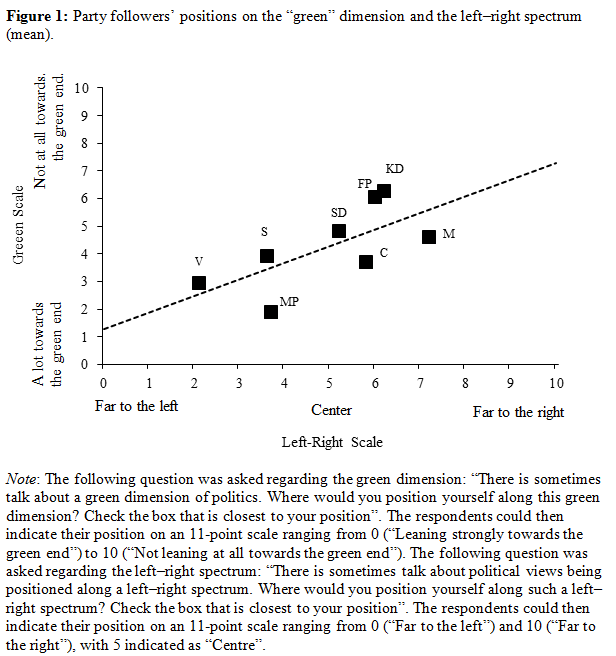Submissions
Submission Preparation Checklist
As part of the submission process, authors are required to check off their submission's compliance with all of the following items, and submissions may be returned to authors that do not adhere to these guidelines.- The author holds the rights required to publish the manuscript.
- The manuscript file is in Microsoft Word format.
- The text is single spaced in a 12-point font and uses italicisation rather than underlining for emphasis (except in URLs); all illustrations, figures, and tables are arranged so that they appear in their approximately intended locations in the text rather than at the end.
- The text adheres to the stylistic and bibliographic requirements compiled in Authors Guidelines below.
Copyright Notice
Surveyjournalen employs immediate Open Access in accordance with the principle that providing unrestricted access to research promotes the global dissemination of knowledge. Copyright on articles in Surveyjournalen is retained by the author(s), with publication rights being granted to Surveyjournalen. Articles in Surveyjournalen may be used freely (assuming correct referencing) in research and education and by non-commercial actors. For more information see Creative common licens CC BY-NC 4.0
Privacy Statement
The data collected from registered and non-registered users of this journal falls within the scope of the standard functioning of peer-reviewed journals. It includes information that makes communication possible for the editorial process; it is used to inform readers about the authorship and editing of content; it enables collecting aggregated data on readership behaviors, as well as tracking geopolitical and social elements of scholarly communication. The data is safely stored on a server at Linnaeus University.
This journal’s editorial team uses this data to guide its work in publishing and improving this journal. Data that will assist in developing this publishing platform may be shared with its developer Public Knowledge Project in an anonymized and aggregated form, with appropriate exceptions such as article metrics. The data will not be sold by this journal or PKP nor will it be used for purposes other than those stated here. The authors published in this journal are responsible for the human subject data that figures in the research reported here.
Those involved in editing this journal seek to be compliant with industry standards for data privacy, including the European Union’s General Data Protection Regulation (GDPR) provision for “data subject rights” that include (a) breach notification; (b) right of access; (c) the right to be forgotten; (d) data portability; and (e) privacy by design. The GDPR also allows for the recognition of “the public interest in the availability of the data,” which has a particular saliency for those involved in maintaining, with the greatest integrity possible, the public record of scholarly publishing. Contact information: oa@lnu.se







